There are many celebrations around the world during Holy Week, but the ones in the sleepy town of San Antero, Colombia, must rank among the more unusual.
Whilst just up the road, in nearby Tolú, people carry symbolic floats around town, the key attractions in San Antero are somewhat more self-propelled. Because every year this sleepy town a few kilometres inland from the coast holds its annual Donkey Festival, or Festival del Burro.
Here’s that more traditional celebration in Tolú, just as a baseline:
Why the donkey?
According to undercovercolombia website, “The festival is dedicated to honour the hard work done by the donkeys that everyday help Colombian farmers with their activities.”
There is a small religious element to the festival – Judas Iscariot makes a guest appearance and Jesus rode a donkey into town according to a well-known book – but this is far from central. More important is the role of the donkey in coastal society.
As well as general reverence for the creatures, there is also a sly nod to another donkey-related aspect of the coastal culture. Let’s just say… some of the young men of the coast get quite close to them.
As the t-shirts round here say “Nunca olvides tu primer amor!” (You never forget your first love!)
If you (really) want to know more about what I’m alluding to, then there’s a VICE documentary on it. Or you can read more in this article if you speak Spanish or are fluent in google translate.
What a beauty
The festival takes place annually over Easter weekend, with the centrepiece arguably being the fancy dress contest. Yes, for donkeys – people dress up their trusty beasts of burden as a variety of different costumes, generally with some kind of historical or cultural social context, and the judges pick a king and queen.
When I was there, there was a donkey dressed as Shakira in gold, a climate change-awareness donkey, a donkey in period military uniform and an homage to biblioburro (a library donkey which travels between villages on the coast and is an actual real thing).
Parade
But it’s after the contest, when the party really begins, as the donkeys parade through the streets and everyone comes out to either watch or join in. Unlike many other festivals in Colombia, the distinction between audience and participants is lost almost entirely. There are no guardrails, and there is nothing to stop anyone getting involved in the parade. As indeed many do.
Quite a few locals bring their own donkey out, like it’s a classic car rally, mounted on colourful blankets or atop a makeshift wooden trestle. Some of the riders are tall enough, and their steeds diminutive enough, that the riders’ feet barely clear the ground. Trumpets and snare drums of local musicians compete for prominence with the thrum of hooves.
There’s a much better video of the same event here, made by an Aussie film-maker who was there at the same time as me.
As day turns to night, the party shifts to a makeshift arena just outside the centre, where the effigy of Judas gets strung up and lit. Vendors sell drinks from cooler boxes, whilst locals close dance to the live music coming from the stage, which is mostly vallenato, champeta and reggaeton.
Festival
There are all sorts of other strange events during the Sunday daytime. When I was there, there was a shellfish shelling contest, where contestants stood in a line and flipped them rhythmically in large metal bowls. It was impossible to judge from a distance the relative states of the shellfish, and since they were all flipping them in time with each other, there was no external way of telling who was doing best.
The tension was instead provided by a man climbing to the top of a pole behind the watching audience, a feat for which he was rewarded with an electrical fan and some money.
There was also some kind of a crop threshing competition, which was even more impenetrable.
But then such things are pretty much exactly the reason you should go to festivals like this – you can’t quite understand everything that’s going on, and perhaps that’s part of the experience. All you can really do is shrug and say ‘Well, I suppose this is happening now’.
Other things
There’s not a great deal to do in this sleepy town, but the beach is easily reached by motorbike taxi. It’s a good place to just relax and try some of the coastal favourite of fried fish, coconut rice and patacones (plantain fritatas).
There’s also a mud volcano, also a short moto ride away from the centre. This is a common geological phenomenon along the coast of Colombia, and a great place to experience the phenomenon as it’s much bigger and less-visited that the well-known El Totumo near Cartagena.
Basics
Accommodation options in town are scant, and you will likely struggle to get a bona fide hotel room if you turn up at the last minute. But, as with anywhere in Colombia, options will magically appear if there is a market for them. Ask shop-keepers, moto taxi drivers and others and you’ll almost certainly find something, though it bit.
The nearest big city is Cartagena. To get to San Antero from there will likely have to town-hop along the coast. It’s probably best to take a bus to Tolú, and then from there go to Coveñas then San Antero. Transport around town is on the back of a motorbike-taxi.
It can get hot, so be sure to pick up an iconic sombrero vueltiao – a woven hat with black bands which is a symbol of Colombia, and especially of this coast.
The awkward salesy bit
I wrote about all this and more in Dancing Feat, a book about my attempts to overcome my fear of the dance floor and learn to dance like a Colombian. It’s also featured in my mini guide, 47 Amazing Things to See and Do in Colombia.
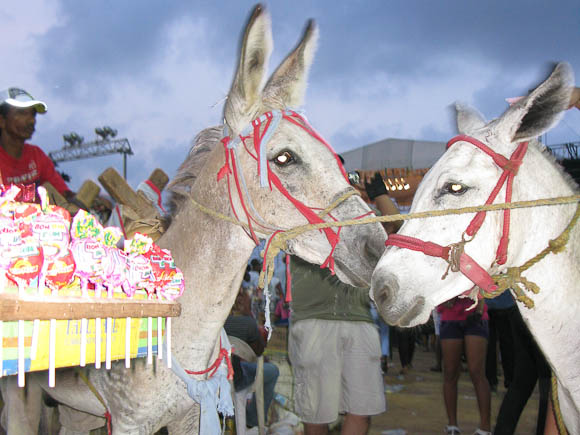
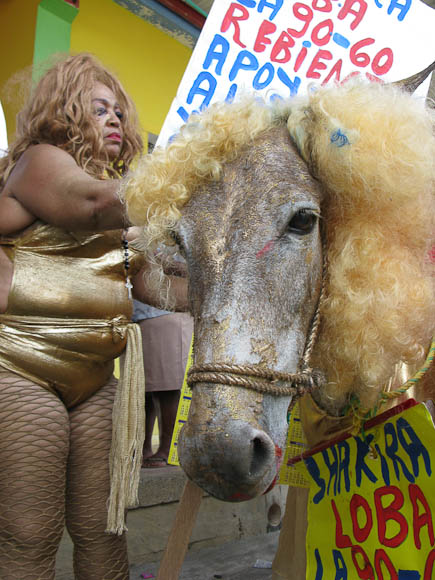

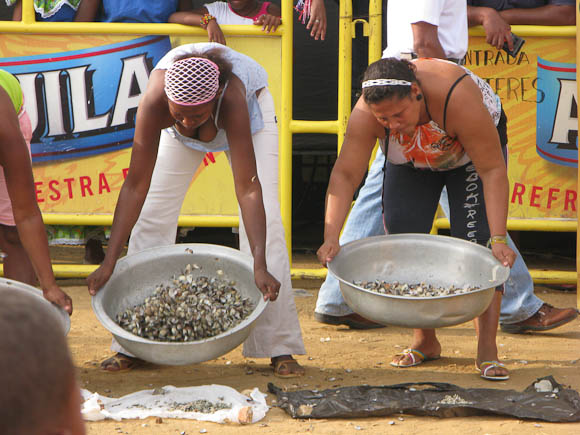
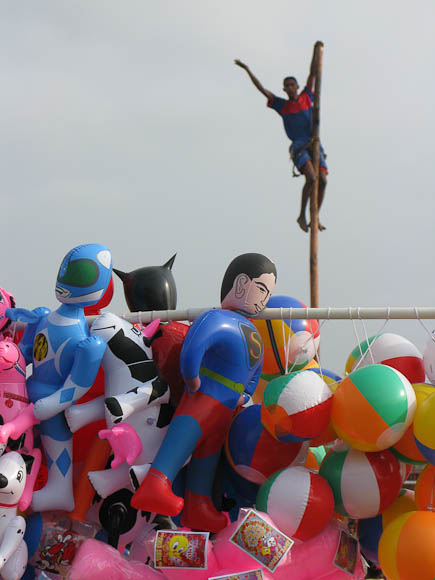
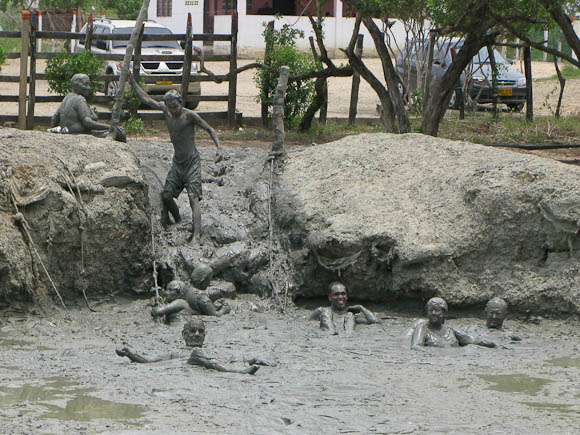
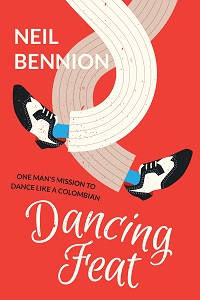
Do you sell shirts that say Nunca olvides tu primer amor and have a picture of a donkey on it
I don’t, and the only place I’ve seen them for sale is San Antero. You could always make your own via one of the online services